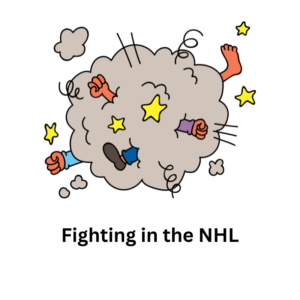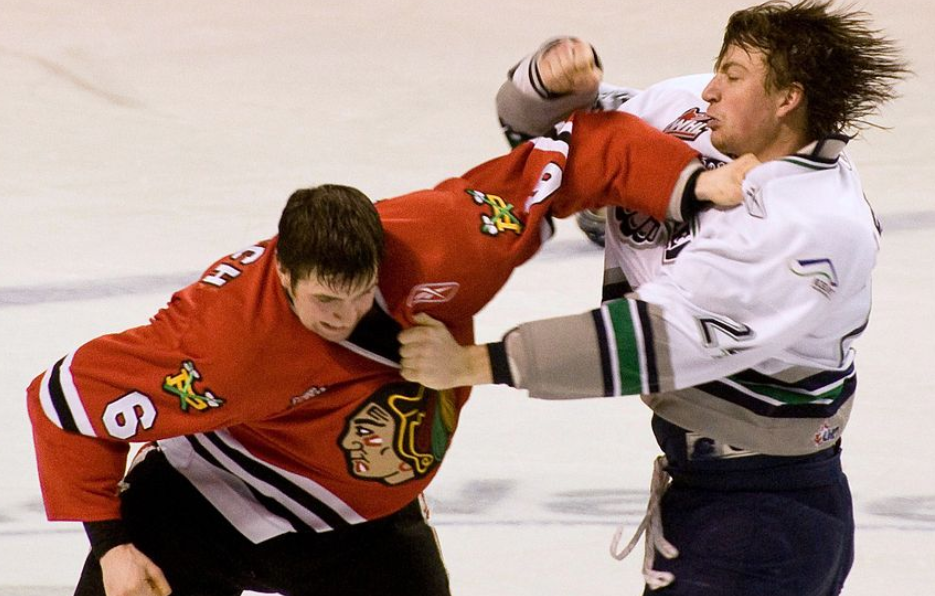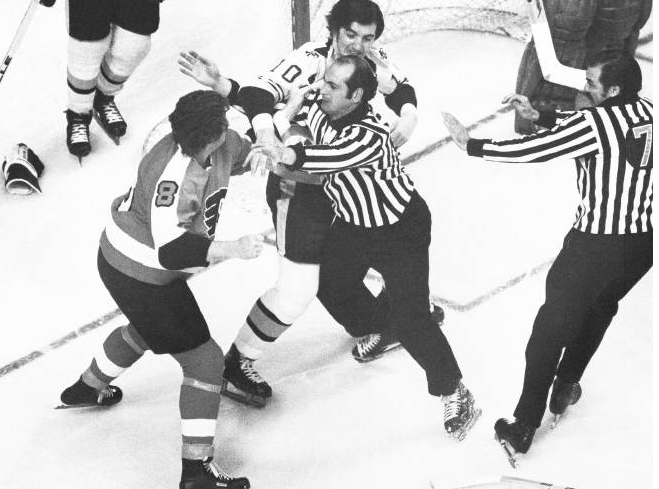
Fighting in the NHL has a long and complex history. While it may seem counterintuitive to allow fighting in a professional sports league, it has been a part of the NHL’s culture for many years. The reasons for allowing fighting in the NHL can be traced back to several factors:
Tradition: Fighting has been a part of hockey since its early days. It was not initially included in the rules, but it became an accepted and expected part of the game over time. The culture of “enforcers” and physical play has deep roots in the sport.
Policing the game: One of the main arguments in favor of allowing fighting is that it serves as a form of self-policing. Players believe that the threat of a fight deters opponents from taking cheap shots or engaging in dangerous plays, which can help maintain the safety of the game.
Entertainment: Fighting has also been a draw for fans. Many spectators enjoy the physical aspect of hockey, and fights can provide excitement and energy in a game. This has contributed to the league’s decision to allow fighting to continue.
Tradition and identity: The NHL has often marketed itself as a physical and tough sport. Fighting has been a part of this identity and has set the league apart from other major North American sports.

The NHL has rules in place to regulate fighting. While fighting itself is not illegal in the league, players who engage in fights receive penalties. In 1922, the NHL introduced Rule 56, which formally regulated fighting. Instead of ejecting players from the game, as was the practice in amateur and collegiate hockey, players would be given a five minute major penalty, which means they spend five minutes in the penalty box. Additional penalties can be added if the fight includes other infractions, like roughing or unsportsmanlike conduct. Players can also be ejected from the game for fighting in the final five minutes of regulation time or during overtime.
The history of fighting penalties in the NHL has seen various changes and adaptations over time. The league has made efforts to reduce staged fights and excessive violence through rule changes and increased enforcement. For example, the instigator rule was introduced in 1992 to penalize players who instigate fights, and more recently, the NHL has taken measures to discourage staged fights by penalizing players who drop their gloves immediately after a faceoff. The league continues to review and adjust its rules regarding fighting to strike a balance between maintaining the physical nature of the game and ensuring player safety.

In conclusion, the history of fighting in the NHL is a fascinating journey through the evolution of a sport that’s deeply rooted in tradition, physicality, and entertainment. While the presence of fighting on the ice may seem unusual to those less familiar with the game, it has, for decades, been an integral part of the NHL’s culture. From the early days of self-policing to the modern era of rule adjustments aimed at curbing excessive violence, fighting in the NHL has undergone several transformations. Its enduring presence reflects the league’s unique identity and the complex balance it strives to maintain between maintaining tradition and ensuring player safety.
Thanks for your time. Please leave comments and suggestions below.




